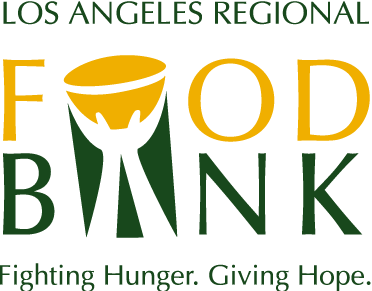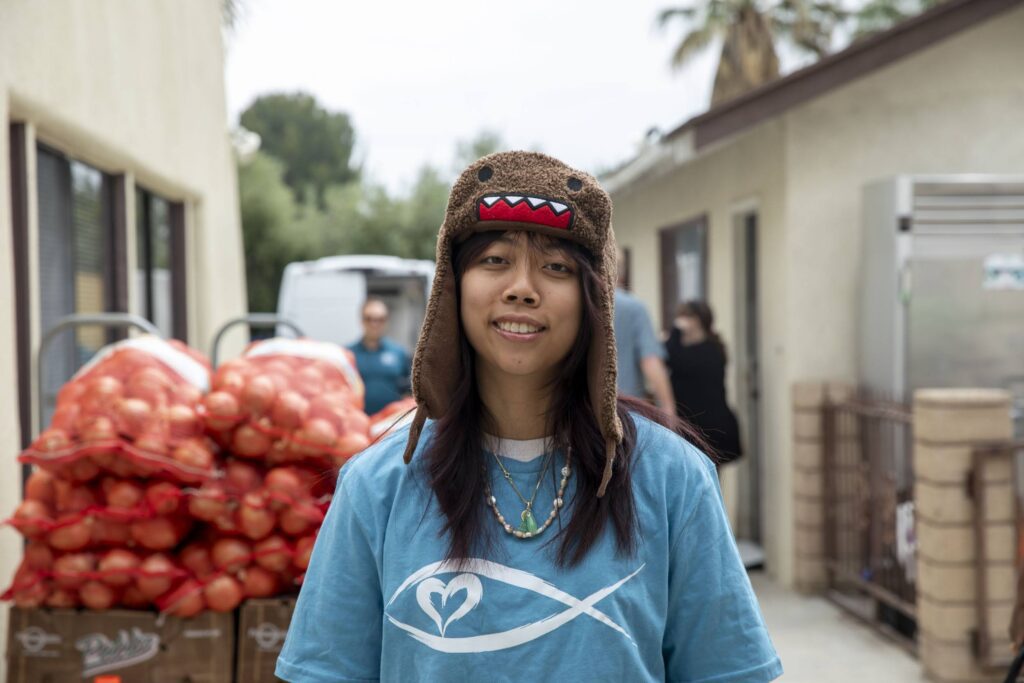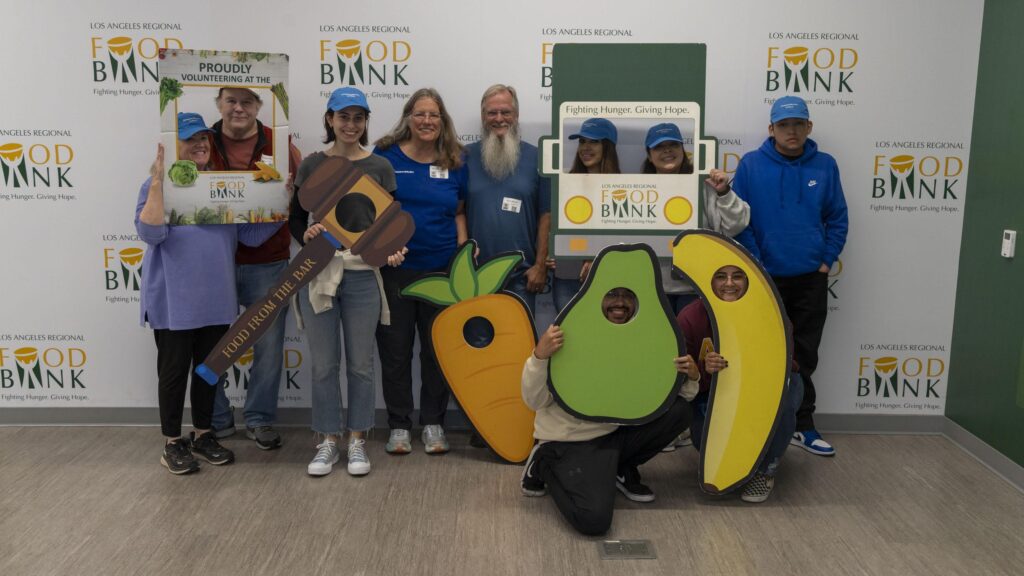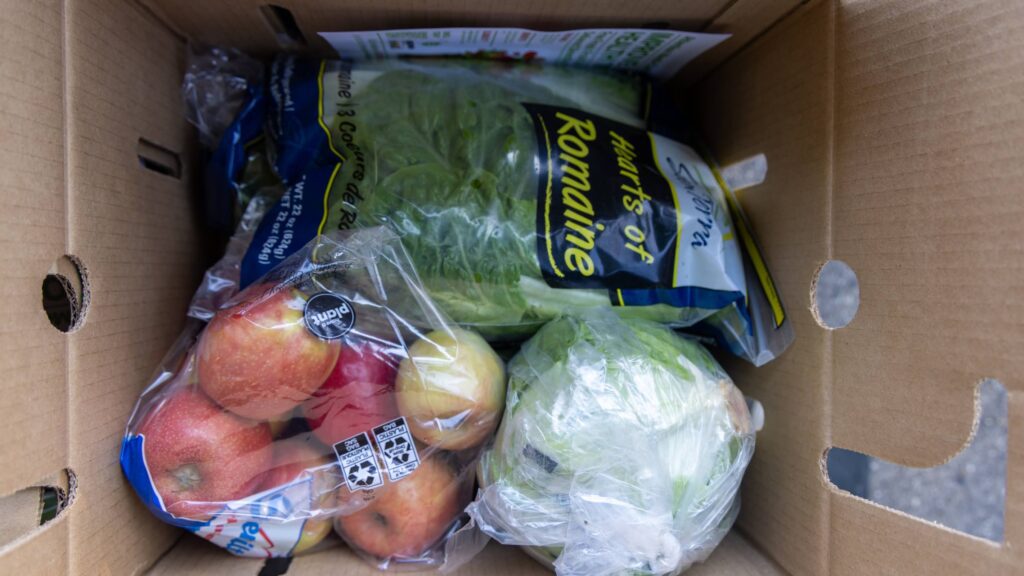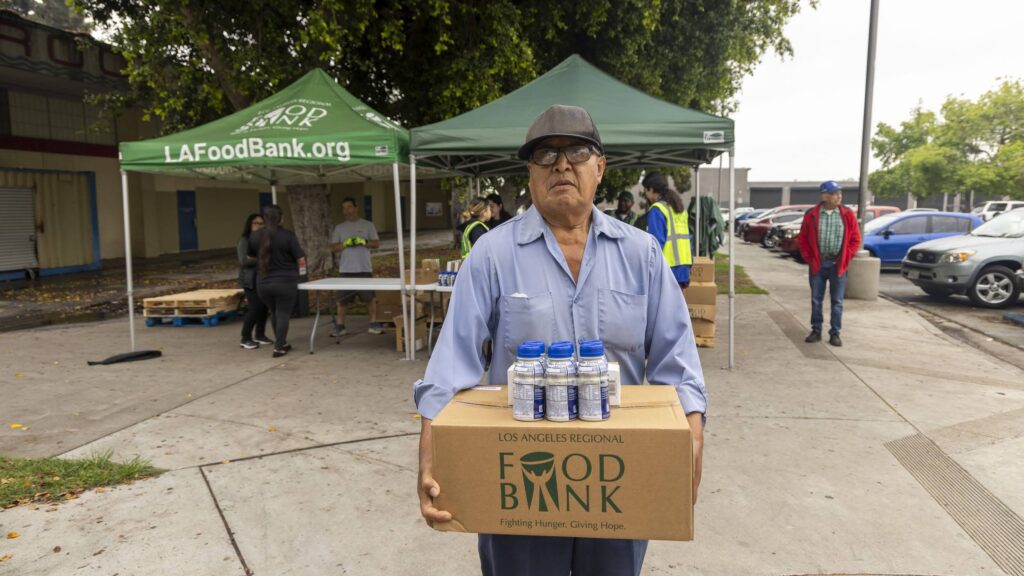The Difference Between Food Insecurity and Nutrition Insecurity
The Difference Between Food Insecurity and Nutrition Insecurity
Addressing both food and nutrition insecurity is essential for tackling hunger and improving public health and overall wellness.
While food insecurity and nutrition insecurity may sound similar, they address distinct challenges that impact individuals and families struggling to access adequate food items. Understanding the difference between these issues is crucial for creating effective solutions to fight hunger and promote health equity in our communities.
For over 50 years, the Los Angeles Regional Food Bank has worked to fulfill its mission of mobilizing resources to combat hunger in our communities. Thanks to its partnerships with hundreds of food pantries, soup kitchens, shelters, religious organizations, non-faith-based hunger relief agencies and other community centers, nearly 2 billion pounds of food have been distributed to our neighbors since 1973.
What Is Food Insecurity?
Food insecurity refers to the lack of consistent access to enough food for an active, healthy life. According to the USDA, food insecurity can be divided into two categories:
- Low food security: Reduced quality, variety, or desirability of diet with little or no indication of reduced food intake.
- Very low food security: Disrupted eating patterns and reduced food intake due to limited resources.
Food insecurity affects millions of individuals and families across Los Angeles County, often forcing them to make difficult choices between paying for rent, utilities, or food. When it comes to food insecurity, it does not discriminate; it can affect individuals of all ages.
The Los Angeles Regional Food Bank has played a critical role in alleviating food insecurity by serving hundreds of thousands of individuals and families through direct and indirect food distributions from the Antelope Valley to Long Beach.
What Is Nutrition Insecurity?
Nutrition insecurity goes beyond food availability and focuses on consistent access to nutrient-dense foods that support overall health and well-being. Nutrition insecurity considers:
- The affordability of nutritious food
- The availability of fresh fruits, vegetables, and proteins
- The knowledge and resources to make healthy food choices
Unlike food insecurity, which is primarily concerned with whether people have enough food, nutrition insecurity ensures that the food available supports long-term health. Many communities experience nutrition insecurity due to living in food deserts, locations with limited grocery stores, reliability of restaurants with processed foods, or economic constraints that make healthier options less accessible.
Contrary to popular belief, the Food Bank does not just provide canned food. To address individuals’ nutritional needs, the Food Bank ensures that our neighbors receive adequate nutritional items such as fresh fruits and vegetables, dairy products, protein items such as chicken, beef or seafood, and shelf-stable items to help provide a full-rounded meal. About 96% of the food distributed by the Food Bank is considered nutritious.
Why Understanding the Difference Matters
Addressing both food and nutrition insecurity is essential for tackling hunger and improving public health and overall wellness. Simply providing calories is not enough—the Food Bank works to provide food items to help people have access to balanced, nourishing meals that prevent chronic diseases like diabetes and heart disease.
How You Can Help
There are several ways you can join the Food Bank to support the fight against food and nutrition insecurity in Los Angeles County:
Donate: Consider donating financially to the Food Bank. There are plenty of ways to make a financial contribution and make a difference in your community. Consider donating one-time, monthly, via stocks, cryptocurrency, or donate your old vehicle.
Volunteer: With just three hours of your time, you’ll be helping sort, glean, pack, and distribute healthy and nutritious food items to neighbors who need it most. Learn more about Volunteering at the Food Bank>
Advocate: Raise awareness about food and nutrition insecurity in your community. Start by following us on Facebook, Instagram, LinkedIn, X (formerly Twitter) and/or YouTube. By sharing our stories with your friends, you’ll be sharing some of the stories of the hundreds of thousands of individuals who are impacted by your support each month. You can also consider signing up for our monthly newsletter.
By working together, we can help individuals and families in Los Angeles have access to not just food but nutritious meals that support a healthier future. Remember, together #WeFeedLA.

